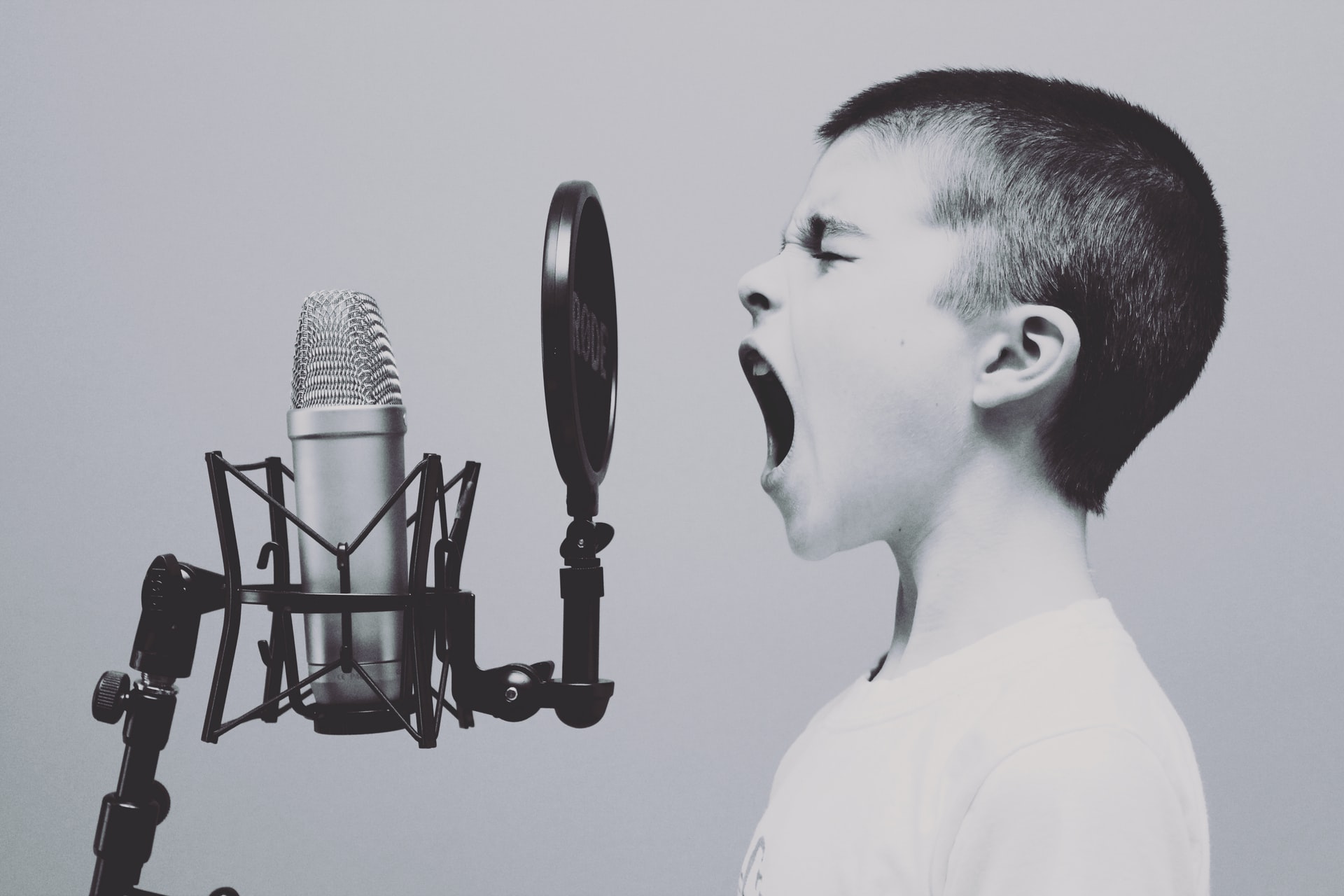10% of the US population is identified as being chronically hoarse. Early recognition of the cause of hoarseness can lead to improvement, cure, and prevention of further complications.
Diagnosis
Often, a diagnosis can be made simply by listening to your patient. If your patient is hoarse and does not improve despite 1-2 weeks of treatment or more than one treatment regimen, visualization of the larynx is a must. Stroboscopy is the gold standard for visualizing and diagnosing disorders of the larynx. Not only is the image highly magnified, the stroboscopic effect helps to slow down the vibration of the vocal folds to ensure a proper diagnosis. Solid white light with flexible fiberoptic laryngoscopy alone is often insufficient.
Hoarseness in a smoker must be evaluated – Most laryngeal cancers go undiagnosed for months.
Treatment
A medical approach to voice disorders includes treatment for reflux disease, allergies, and laryngeal spasm. These include PPI therapy, allergy medications, and Botox©. Laryngeal surgery has seen huge advances in the past two decades. Microsurgery for benign pathology is performed using a microflap technique that removes only the diseased portion of the vocal fold responsible for the hoarseness and preserves the remaining healthy tissue to attain normal vibration. Laryngeal framework surgery has greatly improved voice and swallowing function in patients with vocal paralysis. Injection laryngoplasty techniques are performed in the office to help augment closure in the incompetent larynx. Early laryngeal cancers can be treated surgically with equal cure rates of radiation therapy but sparing the side effects and voice dysfunction often seen with radiation. More often than not, voice therapy is recommended as the initial treatment plan for most patients with hoarseness. All surgical patients require voice therapy as well.
Voice Therapy
Voice therapy is typically scheduled once a week for 6-8 weeks with a trained speech-language pathologist (SLP). For professional singers, SLPs are trained in classical singing as well. Possible therapy activities that will reduce hoarseness due to hyperfunction include:
- vocal function exercises
- resonant voice therapy
- physical manipulation of the larynx
- progressive relaxation
- easy onset of voicing
- identification and elimination of vocal abuses
